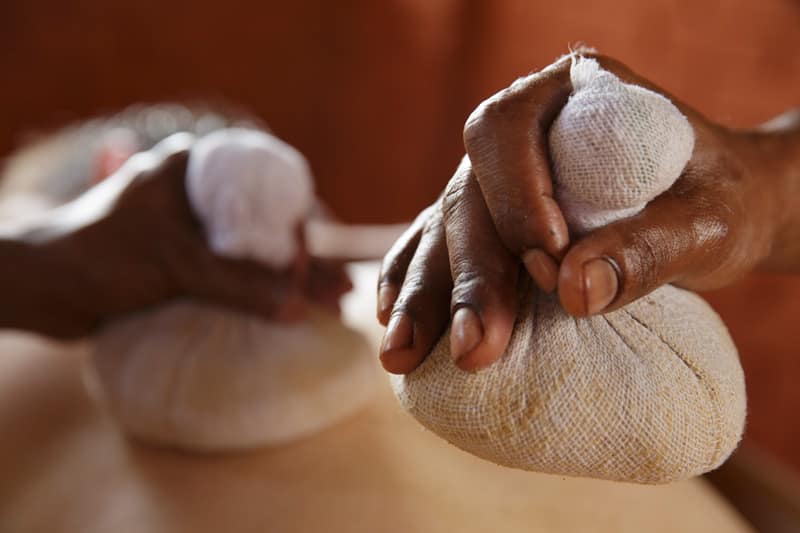
A trigger finger is a condition that results from inflammation of the tendons that bend the fingers or thumbs. These tendons have a lining called tenosynovium, which is covered by a series of pulleys. The pulleys act as a protective mechanism and allow the tendons to move smoothly without friction. However, when the tendons become inflamed, they can become too thick to glide through the pulleys, resulting in the tendons catching or locking in place. This can cause pain, stiffness, and difficulty bending the affected finger or thumb.
When you bend and straighten your fingers, you may experience trigger finger, a disease that affects the tendons that allow for finger and thumb flexion. The thumb and fingers may also experience discomfort and stiffness as additional symptoms. Stenosing tenosynovitis is another name for the disease. The condition can affect any of the digits, but the ring finger and thumb are the ones that are most frequently impacted. Trigger thumb is the name given to the condition when the thumb is implicated.
Ayurveda is helpful in treating trigger finger naturally, which serves to reduce discomfort and inflammation of the tendons and their sheath.
The three traditional methods we advocate for controlling trigger fingers are as follows:
Virechana is a therapeutic method that involves the use of herbal laxatives and purgatives for therapeutic purposes. This method can be carried out in two distinct ways. One way is called Krama Virechana, which involves the entire sequence of Snehapana, Swedana, and Virechana processes carried out chronologically over 7-15 days.
Another way is Nitya Virechana, in which daily herbal laxatives are administered. In addition to Virechana, another treatment option is cauterization, which involves applying heat to the affected digit using salaka, honey, or other materials as advised by the doctor.
Yoga is also recommended for sufferers of trigger finger. Nadi Shudhi Pranayam is suggested, which involves sitting in a relaxed state and breathing in and out while maintaining the closed posture of the opposite nostril with the thumb. Yoga poses that regularly extend the fingers are also recommended. These treatments can be effective in managing the symptoms of trigger finger and improving overall hand function.


Balarishtam: Balarishtam is a liquid Ayurvedic medicine that is used to treat neurological disorders, musculoskeletal disorders, and diseases related to the nervous system. It is often used to help reduce inflammation and pain in the joints, muscles, and nerves.
Rasnasaptakam Kashayam: Rasnasaptakam Kashayam is an Ayurvedic medicine that is used to treat joint pain, muscle pain, and inflammation. It is believed to work by reducing inflammation and improving circulation in the affected areas.
Gulguluthiktakam Kashayam: Gulguluthiktakam Kashayam is an Ayurvedic medicine that is used to treat a variety of health conditions, including inflammation, joint pain, and arthritis. It is believed to work by reducing inflammation and improving circulation.
Maharasnadi Kashayam: Maharasnadi Kashayam is an Ayurvedic medicine that is used to treat joint pain, muscle pain, and inflammation. It is believed to work by reducing inflammation and improving circulation in the affected areas.
A trigger finger can usually be identified by asking you about your symptoms and looking at your hand. Usually, the determination can be made without the use of X-rays or other tests.
In the test, you should watch out for:
Tenderness in the palm of your hand over the flexor tendon sheath. The tendon sheath at the root of your finger or thumb is thickening or swelling. When you bend and straighten your finger or thumb, you feel a clicking or catching feeling. Initially, nonsurgical methods are frequently used to address trigger fingers.
Rest. Resting your hand and staying away from things that aggravate the issue could assist.
Splinting. It might be beneficial to wear a splint at night to keep the injured finger or thumb straight while you slumber.
Exercises. Exercises that gently stretch the affected finger can help reduce stiffness and increase the range of motion.
Medications. Acetaminophen and nonsteroidal anti-inflammatory drugs (NSAIDs), which are available over the counter, can help reduce discomfort and inflammation.
Some signs could be:
Although the exact reasons for the trigger finger are unknown, there are a few things that could make you more likely to get it. These consist of:
Medical conditions.
People with specific medical disorders, such as diabetes and rheumatoid arthritis, are more likely to experience trigger finger. Forceful hand activities. It is known that the disease develops after using the fingers and thumb firmly.
Trigger finger disease is treatable with ayurvedic medication in a natural and risk-free manner. The goal of therapy is to reduce swelling and catching or locking so that the finger or thumb can move fully and painlessly. When ignored, trigger fingertips can become very problematic. But using the right Ayurvedic treatments, this condition can be successfully treated.